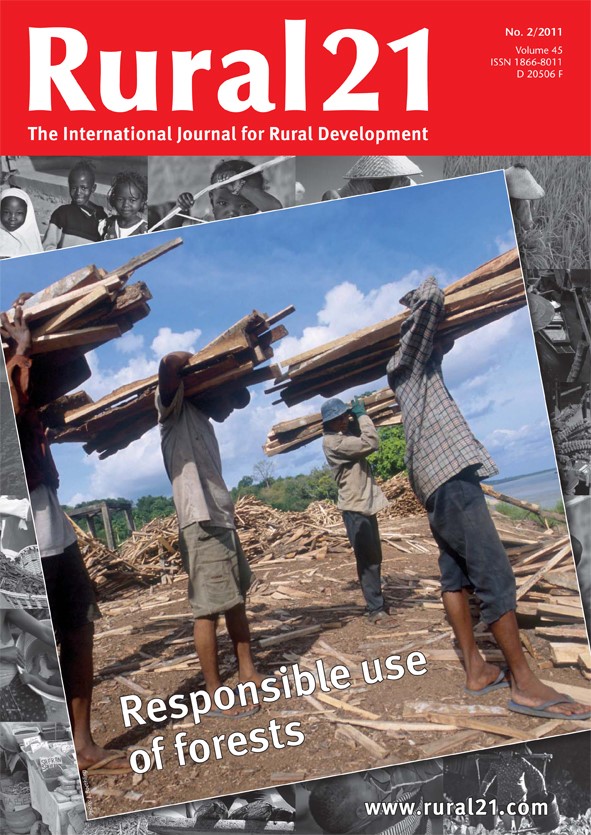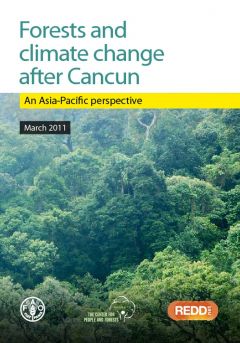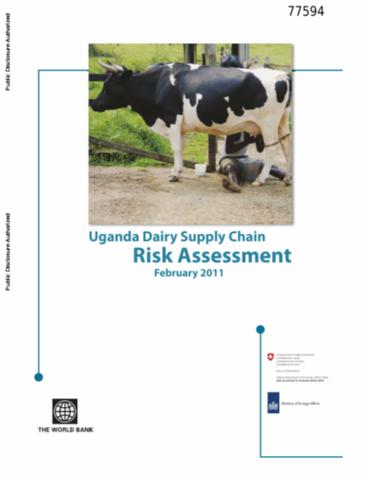Optimal Dynamic Management of Agricultural Land-Uses: An Application of Regime Switching
The capacity of global agricultural production to meet increased demand for food from population growth and wealth accumulation is threatened by extensive land degradation. Nonetheless, previous research has focused primarily on the dynamic implications of input management and ignored land-use choice. This paper extends this theory through an examination of the intertemporal management of agricultural land through the use of non-crop inputs, such as fertilizer, and land uses that either degrade or restore productivity.






